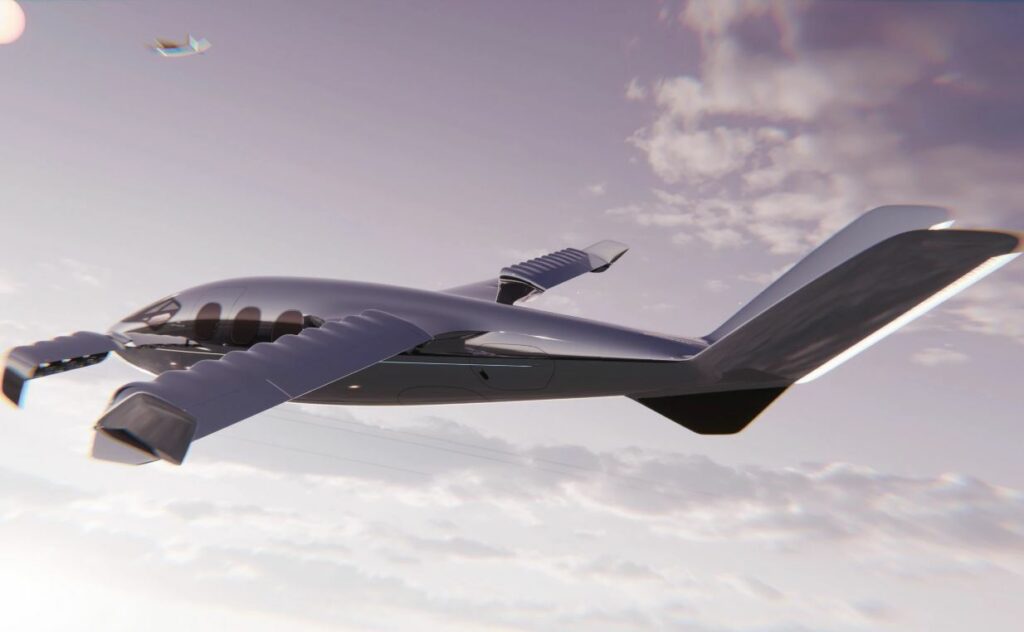Sirius Aviation, based in Baar, Switzerland, has unveiled two new hydrogen-powered luxury business jets—the Sirius CEO-JET and the Sirius Adventure Jet.
Developed in collaboration with BMW Group Designworks, these aircraft aim to provide eco-friendly alternatives to traditional private jets, significantly reducing CO2 emissions. This article critically examines Sirius Aviation’s achievements and positions them within the broader context of the hydrogen energy sector, evaluating both the advancements and the challenges ahead.
On June 20, 2024, Sirius Aviation introduced its new jets at the MOVE Expo in London. The company’s Founder and CEO, Alexey Popov, emphasized the milestone in their mission to revolutionize air travel with sustainable solutions. The CEO-JET is designed for eco-friendly business travel, while the Adventure Jet targets the global tourism and exploration market. Popov’s vision for these jets is to bridge the gap for individuals seeking luxury aviation with a strong commitment to eco-consciousness.
Both jets boast a hydrogen-electric powertrain, achieving zero carbon emissions. The CEO-JET and Adventure Jet offer a cruising speed of 323 knots and a range of up to 1,150 miles. The CEO-JET is tailored for business executives, seating three passengers with customizable interiors that include luxury amenities. The Adventure Jet accommodates five passengers and is designed for access to remote areas, also featuring customizable interiors.
In the context of the hydrogen energy sector, Sirius Aviation’s efforts are notable but must be evaluated against industry benchmarks. Companies like ZeroAvia and Universal Hydrogen have been pioneering hydrogen-powered aviation with significant investments and technological advancements. ZeroAvia, for instance, has successfully tested hydrogen-electric propulsion systems on commercial-sized aircraft, setting a high bar for innovation and sustainability in aviation.
Sirius Aviation’s claim of introducing the world’s first hydrogen-powered private jet is a significant milestone. However, the limited range and passenger capacity compared to traditional jets pose challenges for widespread adoption. Additionally, the infrastructure for hydrogen refueling is still in its infancy, which could hinder operational scalability.
For Sirius Aviation to maintain its competitive edge, it must focus on continuous innovation and expanding its hydrogen infrastructure. Collaborations with industry leaders and stakeholders can accelerate technological advancements and operational feasibility. Additionally, advocating for supportive regulatory frameworks and incentives can facilitate the transition to hydrogen-powered aviation.
Sirius Aviation’s initiative aligns with global efforts to decarbonize the aviation sector. The International Air Transport Association (IATA) has set ambitious targets for reducing carbon emissions, and hydrogen technology is a crucial component of achieving these goals. Sirius Aviation’s jets, if successfully scaled and adopted, can contribute significantly to these sustainability targets.
